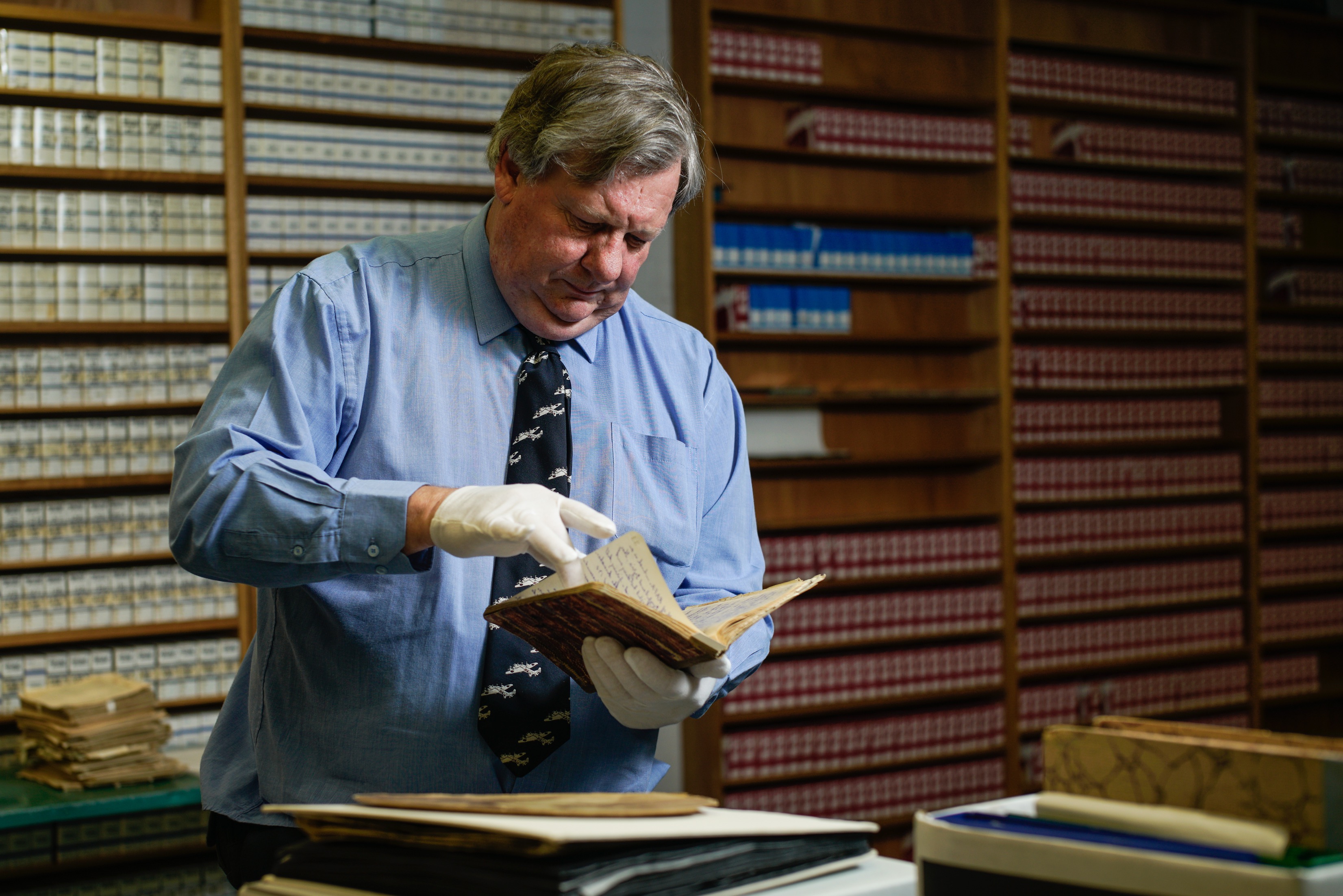A century ago young men from the New England region found themselves on the other side of the world fighting against the Ottoman Turkish army from Egypt to Lebanon.
The new exhibition Horse Power: Light Horse in Palestine – to Beersheba and beyond, curated by UNE Archivist Bill Oates, will provide the local community and visitors with the opportunity to look at the day to day life of these soldiers through their own words and images when it is opened by Max Tavener, President of the Armidale RSL Sub Branch at the New England Regional Art Museum at 6.00pm on Friday 29 September 2017.
“After the Great War commenced in August 1914 there was a rush of enthusiastic volunteers who joined up from communities around our region,” said Robert Heather, Art Museum Director. “Young men from small country towns like Armidale, Tamworth, Tenterfield, Walcha and Glen Innes were fighting a determined enemy in the rugged, biblical landscape of Jericho, Jerusalem, Megiddo and of course Beersheba, we can only imagine the impact that these experiences had on them at the time and for the rest of their lives.”
“One hundred years later these are locations straight out of today’s headlines as well,” he said. “In 1918 Australian troops were the first to enter the ancient Syrian city of Damascus and were welcomed by the inhabitants of Aleppo as liberators.”
The New England Regional Art Museum has been working with Guest Curator Bill Oates, University Archivist at the University of New England who has been researching and curating the exhibition which will launch the program for the commemorations of the Centenary of the Battle for Beersheba in the New England region, where many of the soldiers in the 4th Australian Light Horse Brigade came from.
“Most Australians would have heard about the Battle of Beersheba in October 1917 and the historic charge of the Australian Light Horse one evening to capture the water so desperately needed by the horses and men,” said Bill Oates, exhibition curator. “Fewer people know about the long preparation leading to that moment in October 1917 and the additional year of successful campaigning that followed that day.”
“Many New Englanders served in this campaign and their recollections and collections provide us with detail of the logistics and effort required to reshape the region as the Ottoman Empire was defeated.”
Horse Power draws upon historical collections including the UNE Archive, the 12/16 Hunter River Lancers History Room and loans from the Australian War Memorial including a painted portrait of Australia leader General Sir Henry Chauvel and a sketchbook by war artist George Lambert, whose painting The Charge of the Australian Light Horse at Beersheba, 1917 became an iconic image of World War One.
The exhibition will include never before exhibited photographs, diaries and memorabilia from local private and family collections which will help tell the story of the deployment to Palestine, the campaign and the historic Battle of Beersheba from a number of perspectives.
The exhibition has been developed as a partnership project between the New England Regional Art Museum and the University of New England and will be on display from 29 September 2017 until Sunday 11 February 2018.
IMAGE: UNE Archivist Bill Oates pores through a Light Horseman’s diary, part of the Horse Power exhibition.

